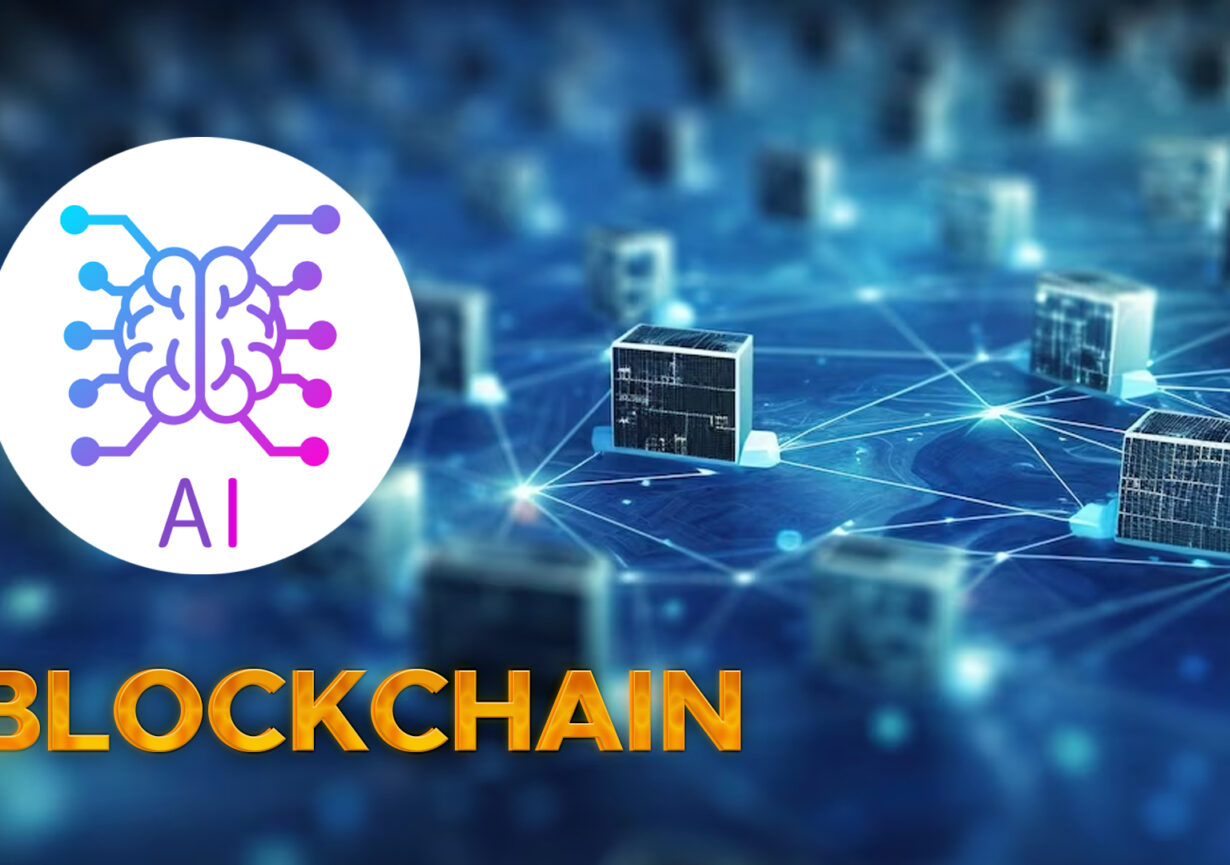- Generative AI is machine learning that helps with problem-solving and decision-making capabilities.
- Blockchains are like databases that keep track of information in a decentralized way. They can help protect and organize your data.
A report says that the Generative AI industry will grow from $7.9 Billion in 2021 to $110.8 Billion in 2030. This growth will happen at a rate of 34.3% every year. This shows the potential of the technology, which helps generate tons of data with a single click. It has various real-life applications, which increased its adoption in the digital world.
According to a report, the Blockchain industry is projected to grow from $17.57 Billion in 2023 to $469.49 Billion in 2030, at a CAGR of 59.9%. The growing digital space will fuel the demand for blockchain technology due to its various real-life applications.
Integrating these two technologies can have a tremendous effect. They can revolutionize different businesses, such as healthcare, the budgetary segment, supply chain administration, and numerous other businesses. In any case, this is often just the presentation to induce a setting around the subject and make it less complex for you.
In this blog, we will talk about what generative AI is and what blockchain is, and then we will move on to our main topic How Generative AI algorithms are disrupting blockchain systems.
Generative AI- Data-generating AI models
These are AI models composed of machine learning algorithms that are capable of doing various human tasks. They are trained with lots of human data, so they can create a whole new dataset within a few clicks or prompts. Examples of such technology are ChatGPT, Dall -E, and many others.
These models enable users to quickly create various texts, images, sounds, and animations with a variety of inputs. Besides these, they are also used in various industries to automate processes. Now, they are making their way toward the blockchain industry to revolutionize it.
Blockchains- A distributed ledger database
The technology allows users to record and store transactions across a network of computers in a digital and decentralized manner. Each block in the chain contains records of data and is secured by a cryptographic hash. They are immutable in nature, which means the transaction, once recorded, cannot be deleted or tampered with anyone
It can be used to track orders, payments, accounts, and many others. The various industries in which we can see its implications are the financial sector, banking industry, supply chain management, and healthcare.
How is generative AI disrupting blockchain systems?
Generative AI can disrupt blockchain systems in three ways:
1. Securing the blockchain systems
Blockchains are often used for transactional purposes. So, AI models can secure these transactions as they can easily find hackers with their powerful machine learning algorithms. It can analyze the behavior of the users and be useful to find fraudulent players in the network.
2. Improving smart contract execution
Smart contracts are like computer programs that make transactions happen automatically without needing anyone else’s help. It can help make things better by quickly making codes, finding mistakes in coding, and making the code more accurate. This will help the blockchain systems quickly execute the contracts.
3. Educating the blockchain users
Many Blockchain platforms are integrating AI chatbots to solve users queries. For instance, Solana, a Layer-1 blockchain system, recently created a chatbot plugin to solve the queries of users related to network problems.
These are all the ways in which Generative AI can disrupt blockchain systems and increase their efficiency and effectiveness, functionality-wise.


Leave a Reply